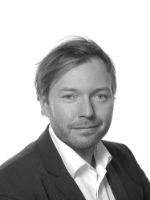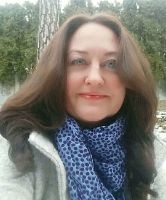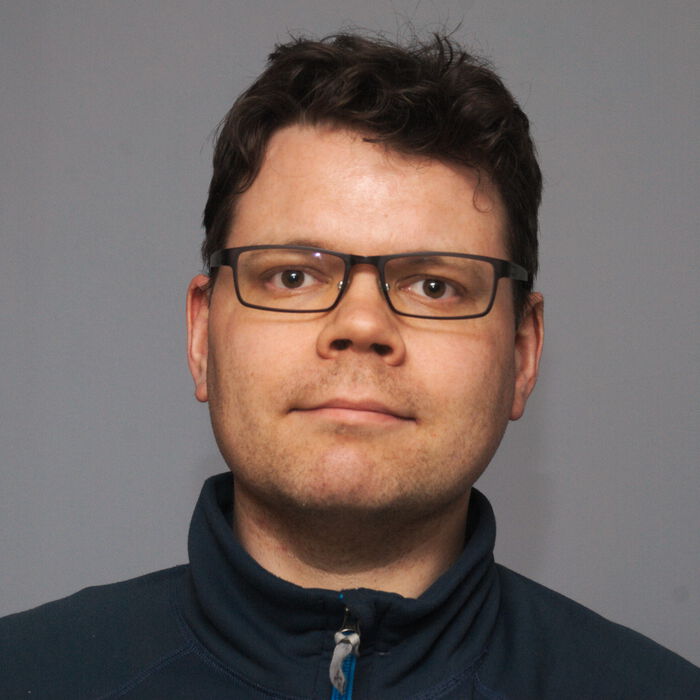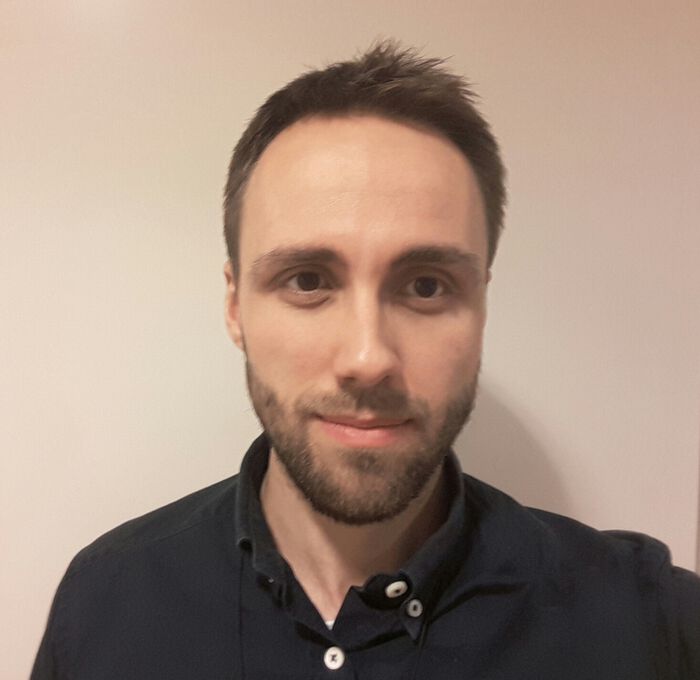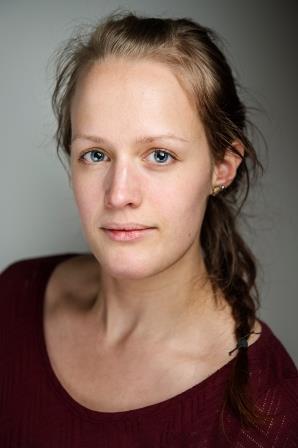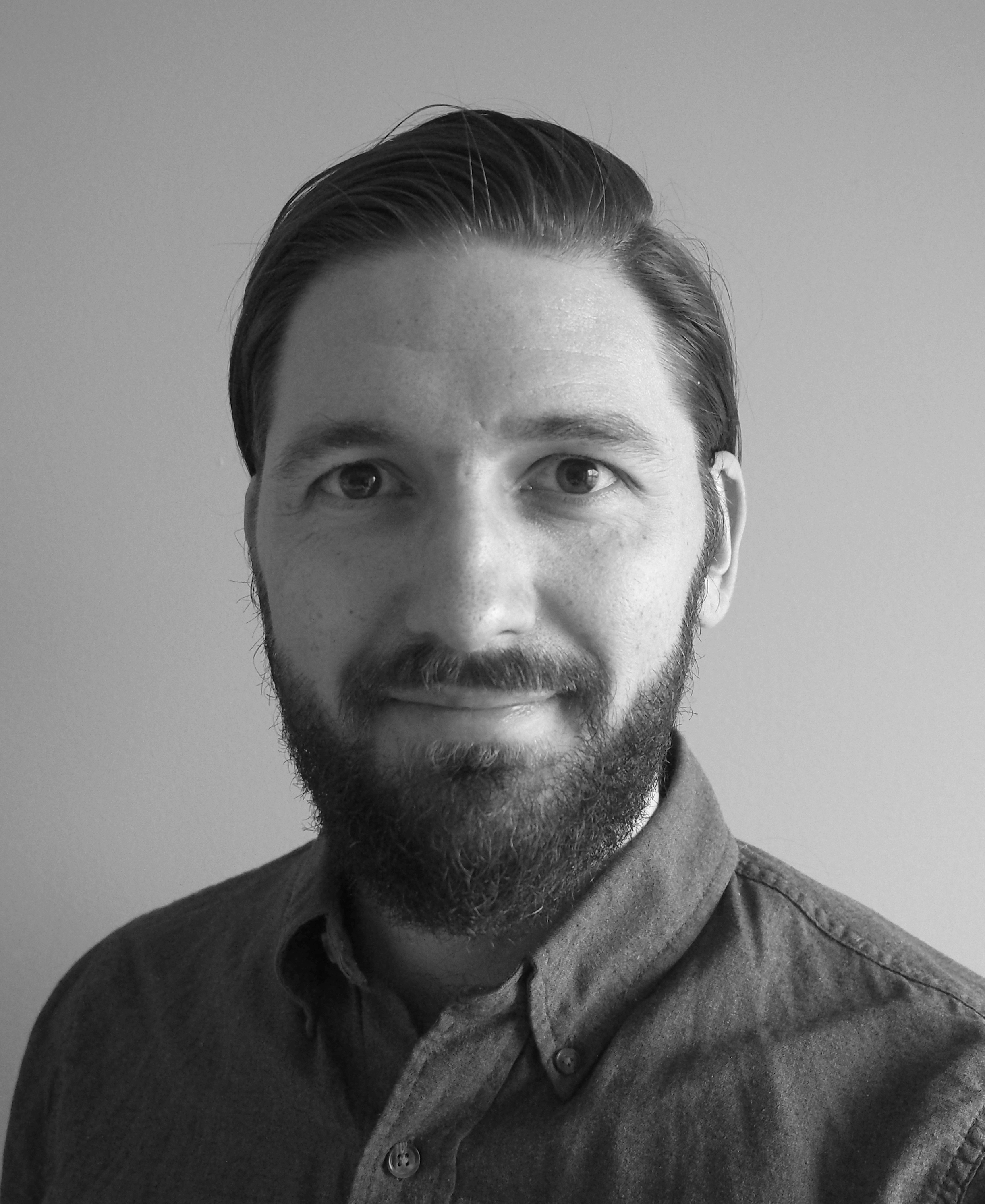Events - Page 24
Master of Science Michael Heere at the Department of Physics will be defending the thesis "Fundamental investigation of reaction pathways for hydrogen sorption in selected borohydrides" for the degree of Ph.D.
Master of Science Michael Heere at the Department of Physics will give a trial lecture on the given topic: "Will hydrogen be tomorrow's fuel?"
M.Tech. Nishant Malik at the Department of Physics will be defending the thesis Metal Thermocompression Bonding for MEMS for the degree of Ph.D.
M.Tech. Nishant Malik at the Department of Physics will give a trial lecture on the given topic: "The History of MEMS Technology - Past and Present"
Master i fysikk Andres Spicher at the Department of Physics will be defending the thesis Multiscale characterization of plasma irregularities in the polar ionosphere using in situ measurements for the degree of Ph.D.
Master i fysikk Andres Spicher at the Department of Physics will give a trial lecture on the given topic: "Kappa distribution functions in space environment, where they occur and their implications"
Pat Scott, Imperial College London
I will give an introduction to GAMBIT, the Global and Modular Beyond-the-Standard Inference Tool, focussing on the Beyond-the-Standard-Model science programme currently being pursued with it. This includes indirect searches for dark matter with gamma-rays and neutrinos, direct searches with a range of underground experiments, cosmological constraints, associated searches for new particles at the LHC and in flavour experiments, and precision tests of the Standard Model. I will present the latest combined constraints on singlet Higgs-portal dark matter, and on GUT-scale and weak-scale parameterisations of supersymmetry. I will also briefly discuss GAMBIT extensions on the near horizon.
(The slides will be available here)
Cand. ed. Marianne Løken at the Department of Physics will be defending the thesis "Skriv ditt valg! Nyskriving av historier om @typiske utdanningsvalg" for the degree of Philosophiae Doctor.
Cand.ed. Marianne Løken at the Department of Physics will give a trial lecture on the given topic: "Inkludering i et interseksjonelt perspektiv: Hva sier den internasjonale forskningen om inkludering i STEM-fagene?"
Nicolao Fornengo, University of Torino
Anisotropies in the extragalactic electromagnetic emission originated from dark matter represent an emerging tool in the quest for a particle dark matter signal. These anisotropies are due to the cumulative emission from unresolved dark matter structures, which are present at any scale: galaxy clusters, individual galaxies, subhalos inside galaxies. The same structures can be probed by gravitational tracers of the dark matter distribution in the Universe: this is obtained by large-scale-structure surveys, but in the future a good wealth of additional and complementary information will be available from weak lensing surveys. The study of gamma-rays anisotropies and the cross-correlation between the dark matter signal and gravitational tracers offer a novel and powerful opportunity to probe the particle physics nature of dark matter. The talk will introduce details and features of gamma-rays anisotropies and give perspectives of the cross-correlation approach.
(The slides will be available here)
Kjetil Børkje, University College of Southeast Norway
I will discuss ongoing work on cavity optomechanical systems, where electromagnetic radiation in a cavity interacts with the motion of nano- or microscale objects via radiation pressure. Such interactions have been exploited in order to bring mechanical systems into the quantum regime, but also in order to manipulate light or microwave radiation. Due to a small coupling constant, this has so far involved driving the cavity with a large number of photons. In this talk, I will discuss how single photons can be controlled or detected using optomechanical interactions. In particular, I will explore whether this is possible even if the system is not in the so-called strong coupling regime.
(The slides will be available here)
Master in Physics Åsmund Skjæveland at Department of Physics will be defending the thesis Energy Inputs and upflow motion in the cusp for the degree of Ph.D.
Doctoral candidate Master in Physics Åsmund Skjæveland at Department of Physics will give a trial lecture on the given topic: Mass escape from Earth's atmosphere
Chris Kouvaris, CP3-origins Odense
Asymmetric dark matter with sufficiently strong self-interactions might potentially lead to the formation of dark matter compact objects. I will entertain this possibility providing possible ways of distinguishing these “dark stars” from ordinary black holes and other compact objects like neutron stars. I will also discuss some new techniques in dark matter direct detection that could facilitate searches in the sub-GeV mass region.
(The slides will be available here)
See the conference web page for details
Jon Magne Leinaas, FI
I will discuss how one-dimensional interacting fermion systems, which in the low energy approximation are described by Luttinger liquid theory, can be reformulated as systems of weakly interacting particles with fractional charge and statistics. The approach is to use Landau's phenomenological approach to Fermi liquid theory, with quasiparticles interpreted as adiabatically dressed fermions. In an earlier publication the local charge carried by these excitations has been shown to be a fraction of the fermion charge. I will here focus on the statistics of the quasiparticles and show that by a change of momentum variables the Landau parameters of the generalized Fermi fluid can be transformed to zero. This change in interaction is compensated by a change of the Pauli exclusion, which is consistent with the interpretation of the quasiparticles as satisfying generalized exclusion statistics.
(The slides will be available here)
Master in Physics Røthe Arnesen at Department of Physics will be defending the thesis "Image guided strategies for individualised radiotherapy of locally advanced cervical cancer" for the degree of PhD.
Doctoral candidate Master in Physics Marius Røthe Arnesen at Department of Physics will give a trial lecture on the given topic:
"The role of proton therapy vs. an MRI-LINAC in the treatment of cervical cancer?"
Tom Theuns, Durham University
Gas in between galaxies produces a forest of absorption lines in the spectra of bright objects such as distant quasars. This "Lyman-alpha forest" arises due to absorption by a sprinkling of neutral hydrogen in the otherwise highly ionised intergalactic gas, with many lines forming in mildly over dense, or indeed under dense intervening structures. These modest fluctuations can be simulated quite accurately, and comparing mock spectra to the exquisitely high resolution and high signal-to-noise observed spectra allows tight constraints on the nature of the absorbers.
In this talk, I will concentrate on what such as comparison tells up about the temperature and ionisation state of the gas, and explain how these measurements can also put tight constraints on any free streaming due to warm dark matter.
(The slides will be available here)
Master of Science Anne Schad Bergsaker at Department of Physics will be defending the thesis "An experimental study of deformation processes in chalk and calcite" for the degree of PhD
Doctoral candidate master of Science Anne Schad Bergsaker at Department of Physics will give a trial lecture on the given topic: Compaction in carbonate reservoirs- experiences and Challenges regarding oil recovery.
Master of Science Sunniva Rose at Department of Physics will be defending the thesis Aspects of the Thorium fuel cycle for the degree of Philosophiae doctor.
Doctoral candidate Master of Science Sunniva Rose at Department of Physics will give a trial lecture on the given topic: "Cosmic fission: the synthesis of the heavy elements and the role of fission."
Aurel Schneider, ETH Zürich
Observations of small and intermediate cosmological scales provide an active frontier for dark matter (DM) research. I will talk about how DM scenarios affect structure formation, leading to potentially observable signals in current and future galaxy surveys.
(The slides will be available here)
Master in Physics Endre Grøvik at Department of Physics will be defending the thesis Multimodal Dynamic MRI for Structural and Functional Assessment of Cancer for the degree of Philosophiae doctor.
